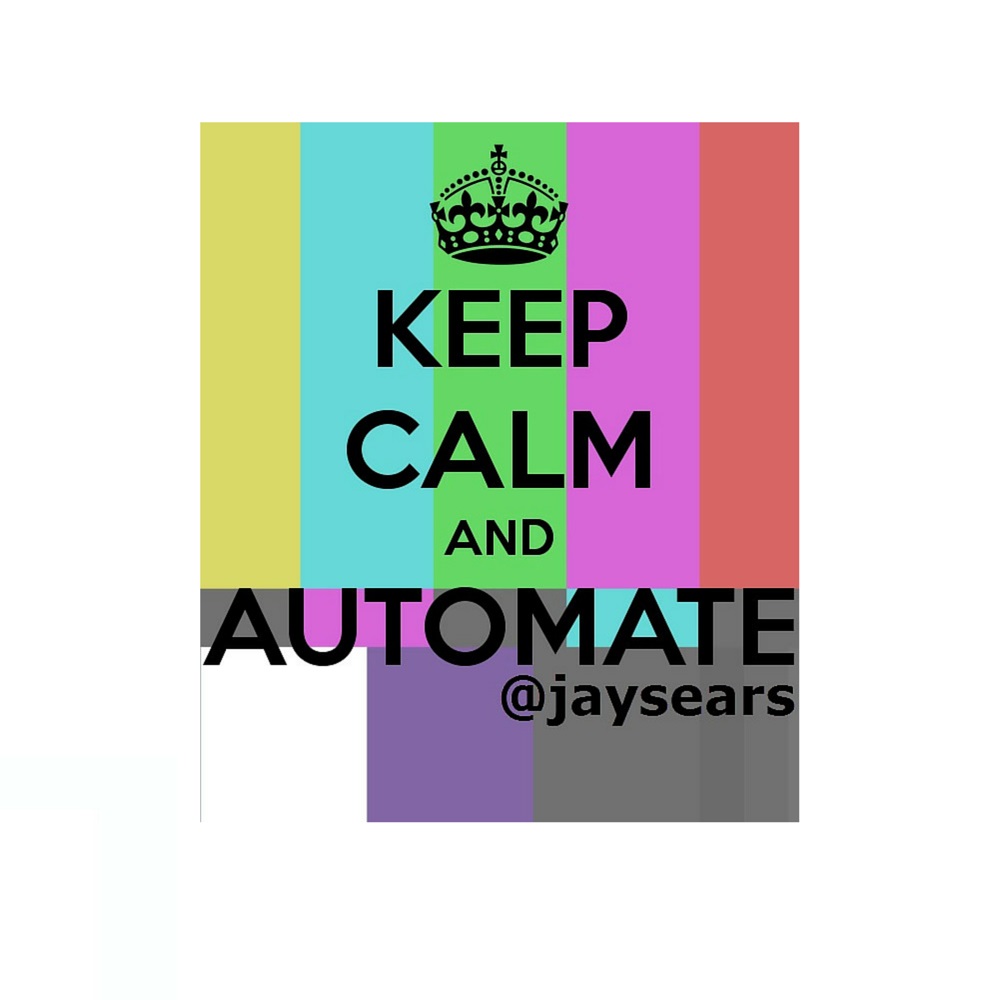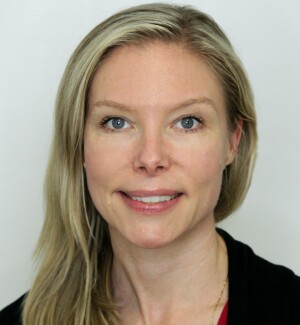Q&A: IPG Canada’s Cadreon on Automation, Programmatic + TV

Jay Sears, Senior Vice President Marketplace Development of Rubicon Project discusses “Automation, Programmatic and TV” with Tessa Ohlendorf of IPG Canada’s Cadreon.
Your Name:Tessa Ohlendorf
Your Company:Cadreon
Your Title:Managing Director
SEARS: What do you read to keep up with politics, art and culture?
OHLENDORF: The New York Times, my Facebook news feed, and books I pick up at conferences.
SEARS: What do you read to keep up with friends?
OHLENDORF: Facebook news feed, The Little Paper (local), emails.
SEARS: What do you read to keep up with our industry?
OHLENDORF: AdExchanger, internal email/news, Marketing Magazine, Media in Canada, all the industry trades. Chango’s got a great magazine called the Programmatic Mind which I read monthly. I check Casale’s website for press releases and articles I may have missed. I pick up books at conferences. I see what people are posting on LinkedIn.
SEARS: What’s your favorite commercial of all time?
OHLENDORF: The first Canadian Viagra commercial. It was so funny, so shocking and also so incredible that with all of the regulations around advertising drugs in Canada that Viagra managed to not just advertise but be hilarious at it, delivering consumers with such a good ad that does a perfect job at saying absolutely nothing about the drug. Taxi made it, in 2002. I’m pretty sure they won an award for it.
SEARS: With regards to advertising automation and programmatic, what are [Cadreon]’s three biggest initiatives in Canada in 2015?
OHLENDORF:
- Advanced TV -- We’re moving fast into the world of television. Our product is Advanced TV, and has been running in the USA for a few years now. We’ve been building this up here for a year now and we’re very excited about the future of where we’re heading.
- Social Media -- We’re running social media campaigns for a several key clients with incredible efficiency and performance, beating previous results. Social media will definitely be a key area of focus for us through the rest of the year as we continue to bring value to our advertisers.
- Digital Out of Home -- Very exciting in terms of creativity and relevancy. Bringing great capabilities through the use of data and in geo targeting, digital out of home provides all kinds of possibilities depending on the type of signage, location and creative message.
SEARS: On average in the Canadian market -- out of each $1.00 spent on media (all media, not just digital) by one of your advertisers, how much today (in 2015) is spent on automated or programmatic channels?
OHLENDORF:We see approximately $.10 or so to the dollar on programmatic; however, that differs significantly by client. We have some clients spending upwards of 50% of their media budget on programmatic. It really depends on the business, advertiser, goals and creative.
The percentage that is going to programmatic keeps increasing as new types of media become available to be bought programmatically through automated methods. Advanced TV is a good example of this.
SEARS: What will this number be in 2017?
OHLENDORF: Of total media budget, our projections indicate around 30-40% of total media budget will be run through automated or programmatic channels by 2017.
2017 is a year and a half away and technology changes fast. That number will depend in part on how quickly the offline or traditional areas develop or embrace technology. TV, DOOH and Radio are all heading that direction so I think the 2017 numbers are looking pretty accurate.
SEARS: Tell us the about the Canadian operations of Cadreon:
OHLENDORF: Evolving over the last few years, we’re now understood to be a technology services company. We focus on being experts in technology and media products (DSPs, DMPs, PMDs) and delivering results to clients based on our expertise in this area. We drive the programmatic agenda for our clients from end to end: Strategy, execution, insights, data and exceptional results across multiple media channels; display, video, social, mobile, native and other media channels as we become able to access data and inventory in those areas as well.
Canadian operations is strong in the area of product. We’re also local market specialists in the areas of inventory, data and technology. Aside from all of that, our partners say we’re a lot of fun to work with.
SEARS: Please tell us:
- How many employees are there in Canada?
- OHLENDORF:
- Total: 16
- Toronto: 16
- Montreal: we don’t have an office in Montreal but we service them from Toronto, travel as needed.
- OHLENDORF:
SEARS: Draw an analogy between the automation of television and an ice hockey game. Are we in the pre-game? Still driving to the stadium?
OHLENDORF: We’re at the game, in our seats, eating our hot dog and listening to the loud music in anticipation of the players hitting the ice. A lot of groundwork has been made, technology players are still being chosen and the data is coming together.
SEARS: How can advertising automation help the strategy and planning functions (directly or indirectly) at an advertising agency?
OHLENDORF: Allowing the programmatic divisions/automation to alleviate so much of the day to day (bookings, optimizations, communications, paperwork) frees up a great deal of valuable time for planners and strategists to focus on: Strategy and planning! Programmatic teams are the essential pieces for the agency teams and their clients. Planners and strategists were hired to do strategy and planning. Half of their time had been spent working on reports and communication and paperwork. Now, by allowing the programmatic teams to manage that work, they can go back to focusing on delivering strategic plans to the clients, which brings huge value back to the advertiser. It’s an enormous benefit. Clients are winning.
SEARS: Can linear TV be automated, yes or no?
OHLENDORF: Yes -- real time programmatic -- not right now. Linear TV/the systems that support it, could connect to an SSP which would connect to a DSP or a buyer. This would be automation for linear.
SEARS: What two-three events or happenings will accelerate the automation of television?
OHLENDORF:
- Technology advancements. Those of us in digital/programmatic have seen the speed at which the media technology advances. It perhaps is hard to imagine from the TV side how quickly this could happen, but I think technology advancements are No. 1. Smart people and smart technology applied to the television industry? Fantastic.
- People. Mixing of digital and television people -- cross pollination -- will accelerate the automation of television as new buyers connect with sellers and people start to use solutions for one against the other.
- Interest from advertisers. Advertisers want more efficient and accountable buys and that’s what we’re all in this industry to do -- drive business outcomes for our advertisers. Because automated TV provides efficiencies and increased reach and targeting, it will need to move fast in order to deliver on these objectives for our clients.
SEARS: Transparency -- on media costs, on data, on inventory -- has become a lightning rod issue. Should transparency be a negotiated benefit for the advertiser client, yes or no?
OHLENDORF: Transparency is why programmatic exists -- control over the message and where it is placed on behalf of our clients, to ensure total accountability and safety of data, message, dollars. There are a lot of components of programmatic -- inventory, technology and data are just three. The advertiser needs to decide what is important to their business and start from there. There could be advantages and disadvantages to each type of programmatic solution depending on the size and business goals of each advertiser.
SEARS: Which of the following will accelerate the automation of site direct (direct orders) budget? Pick all that apply:
- Dynamic access to all publisher inventory [vs. just “remnant” or “auction”]
- Ability to leverage publisher first party data
- Ability to leverage advertiser first party data [against all publisher inventory, especially premium]
- Availability of rich media, expandable units and larger IAB Rising Star formats
- Ability to more easily curate audiences for specific advertisers across the premium content of multiple publishers
- All of the above
OHLENDORF: All of the above.
SEARS: If you could go to the airport right now with friends or family and fly anywhere in the world for vacation, who would you take and where would you go?
OHLENDORF: I’d take my daughter and my husband to northern California to visit my uncle. My husband has never met him and my uncle adores his little grandniece! I also just completely love California. I know there are more exotic places to go but northern California is just so gorgeous!
SEARS: If you could create an endowment to fund any existing non-profit you designated, what lucky non-profit organization would that be?
OHLENDORF: I’d go for something local that I have hands on experience with. Toronto has become very expensive very fast and there is a major lack of resources for new families which are flooding our growing city. There are no homes to rent, few spaces to go in our cold winters. I would create a fund to support College Montrose Children’s Place and other nonprofits operating in Toronto to serve new families by providing safe indoor play areas for non-school age children and programs for their parents. I’ve seen how important these centers are in helping people adjust (and thrive) in new family life. They are especially invaluable during the 7 months of the year that it’s too cold to stay outside for long. We need more indoor play and education areas for young kids and with real estate being so expensive in Toronto now, there is nowhere to go -- especially for new comers with few contacts. Families are being impacted. I would cultivate communities by funding indoor spaces for young families to play and learn in so that parents can make connections, friends, find support and help their children thrive in their new life.
SEARS: What is your favorite restaurant in the world?
OHLENDORF: A sushi place somewhere in Bali, I think in Seminyak. I will never find it ever again but I will never forget how amazing the sushi was! I’ve eaten a lot of sushi. And the restaurant was filled with fish tanks; they literally would pick them out and make the sushi.
SEARS: Thanks, Tessa!
The opinions and points of view expressed in this commentary are exclusively the views of the author and do not necessarily represent the views of MediaVillage management or associated bloggers.


